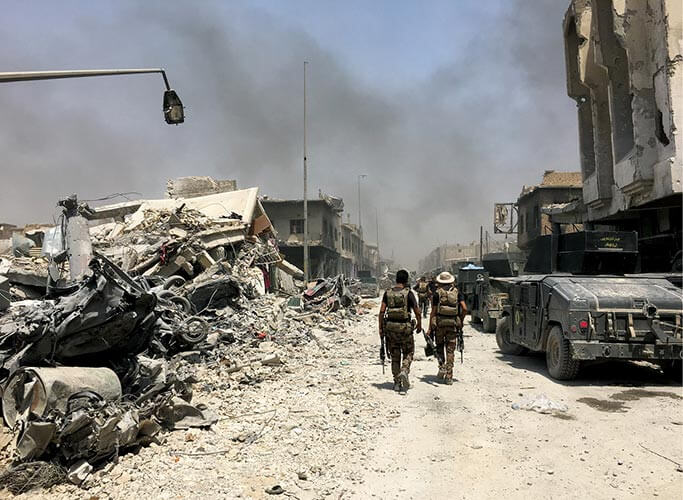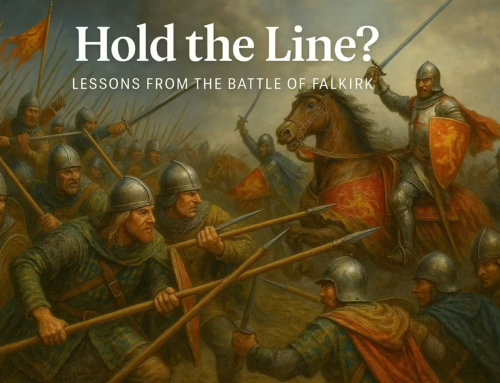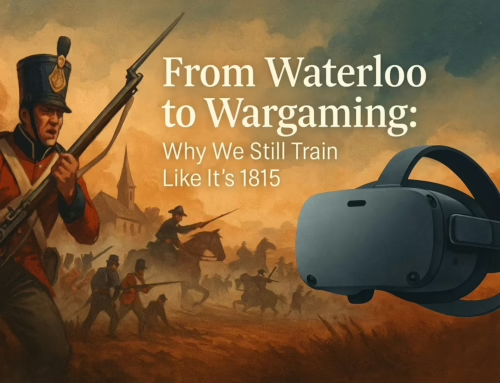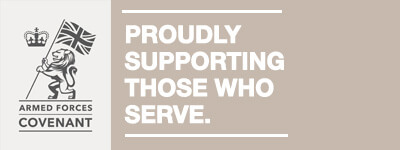Initially planned to take a matter of weeks, the Battle to retake Mosul, the campaign took nine months. Although many observers were shocked by the length and severity of the Struggle for Mosul, coalition leaders knew from the start that this battle would be unique from other urban operations, particularly in light of IS’s swift conquest of the city in 2014.
Military strategists may learn a lot from the liberation of Mosul because it demonstrates how best to handle the intricate interactions between time, force, and space. The media coverage of the conflict reveals some obvious operational lessons.
First, Mosul shows how dense urban environments can benefit the attacker, the defence, or both, depending on who understands and best utilises the city through their operational strategy and tactics. The clash demonstrates how even subpar threats can use urban environments to challenge a dominant military’s cutting-edge capabilities, prolonging wars and driving up costs. Last but not least, Mosul clarifies that large-scale operations are still the practical approach to take an urban environment from a tenacious defence, even when components of a “by-with-through” plan provide the means.
Beyond media reporting, a thorough examination of the conflict shows five unexpected or paradoxical operational insights that ought to influence and guide future operations in urban theatres:
- It is impossible to isolate a modern city.
- Difficulty increases with depth and duration.
- Attackers lose the initiative once they enter the city.
- Dense urban terrain enhances sustainment.
- Operational reach is proportional to population support.
Inevitably training for a determined opponent in a heavily constructed urban environment requires more immersive and rounded training, this challenge will require more developed and integrated training systems that allow a broader range of skills.
To read more on the impact of Mosul on urban warfare thinking, check out the Modern Warfare Institue
(Photo by Vera Mironova)





